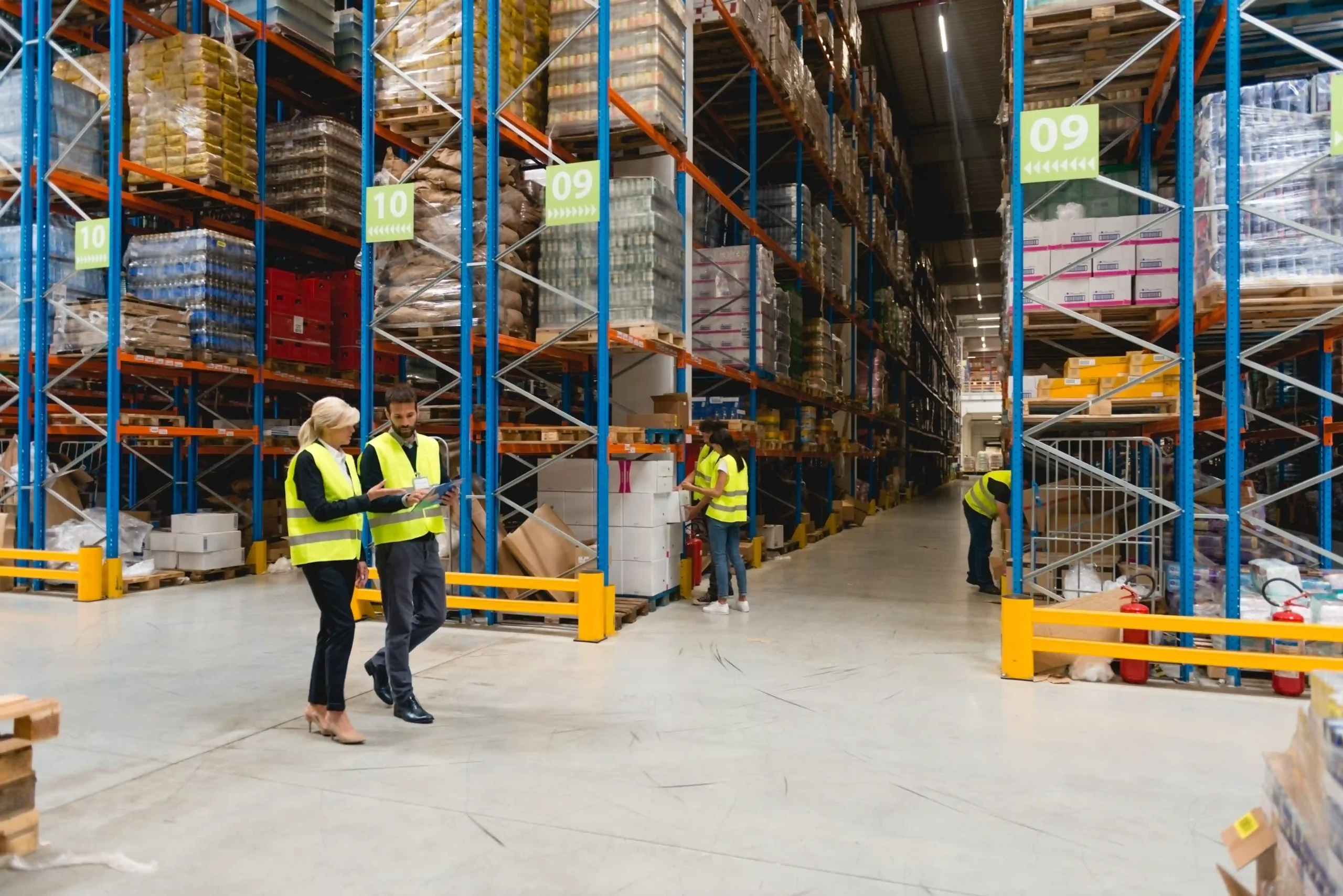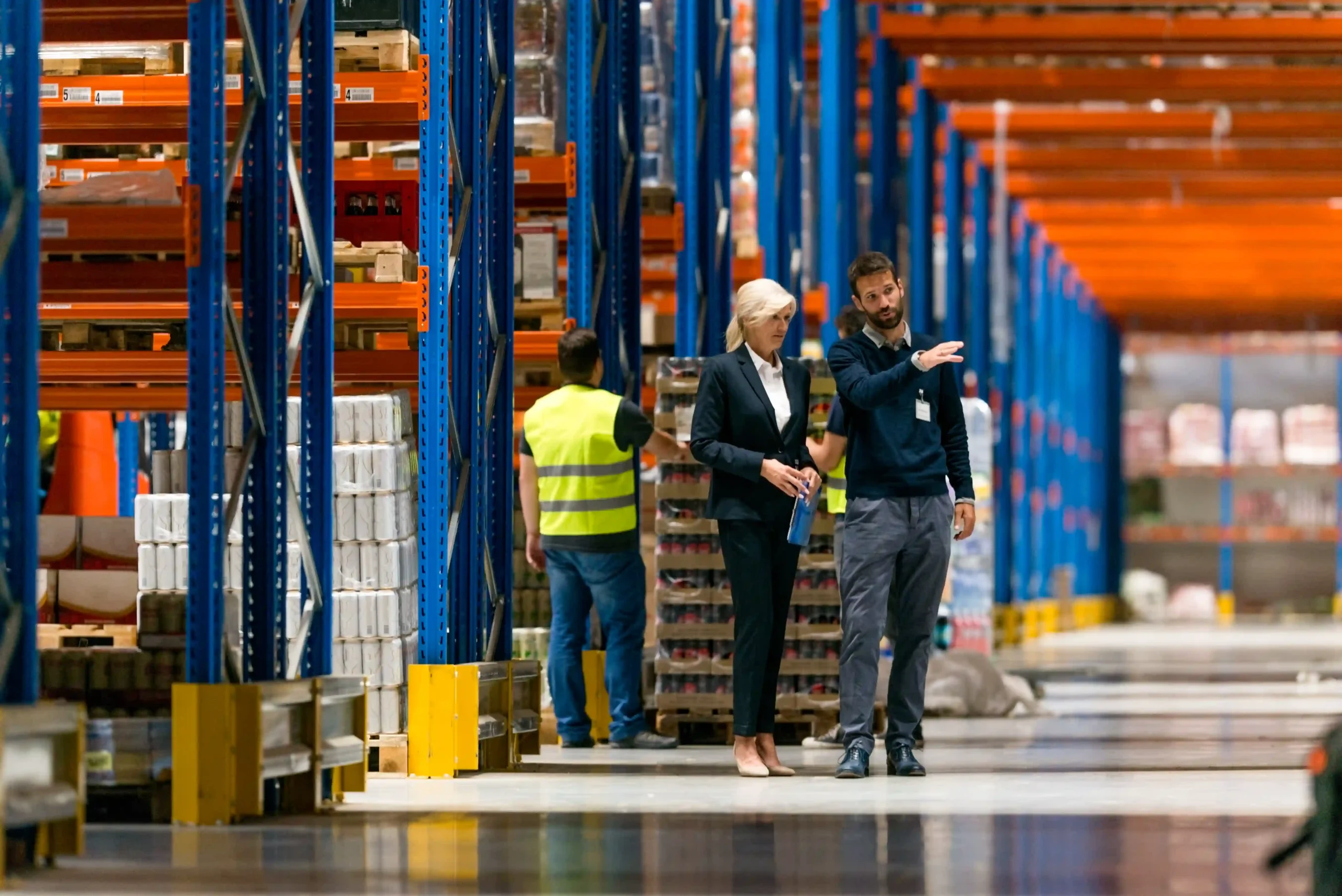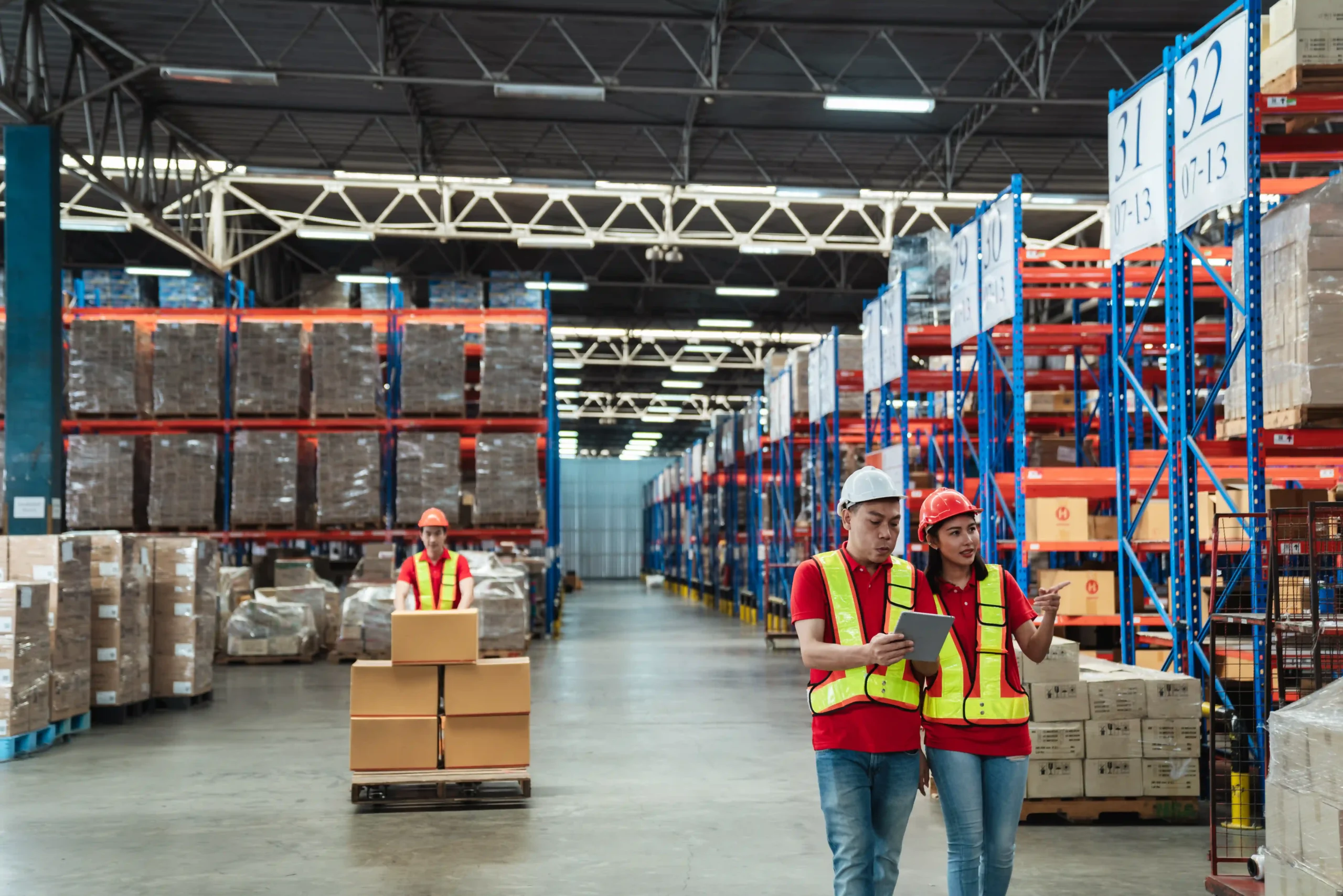From where I sit as president of Tri-Link FTZ, a distribution warehouse means speed, precision, and flow. It’s not your old-school warehouse stacked to the rafters for months on end.
A distribution warehouse is a logistics facility where products are temporarily stored before being shipped to their final destinations—be it a retail location, a wholesaler, or a customer’s front door. Think of it as a relay point in the race to deliver goods faster and more efficiently.
Inventory comes in, gets sorted, picked, packed, sometimes even labeled or lightly assembled, and then it’s out the door again. It’s about keeping things moving, not letting them sit.

This is one of the most common questions we get asked during client tours. A fulfillment center is all about individual customer orders—direct-to-consumer.
It usually involves more automation, more packaging, and shipping smaller parcels. A storage warehouse, on the other hand, is a long-term facility.
You’re putting pallets away until they’re needed, which might not be for months. A distribution warehouse, however, balances both worlds.
It has the speed and tech of a fulfillment center with the inventory scale of a traditional warehouse. The inventory stays for just days or weeks, not months.
It’s about quick turnover, flexible processing, and constant coordination with carriers.
After decades in third-party logistics, I’ve seen the transformation of nearly every industry—and the one constant is that distribution warehouses are often the engine behind growth. Retailers love them for regional restocking.
E-commerce brands lean on them to get closer to their customers. Importers use them to stage goods for nationwide rollout. Even manufacturers rely on them to prep components for final assembly downstream.
At Tri-Link FTZ, we’ve worked with clients in pharmaceuticals, home goods, beauty, automotive parts, and more. If you have products that move fast and need to hit multiple endpoints, a distribution warehouse isn’t just helpful—it’s essential.
Let me walk you through a typical day at one of our facilities. The first truck rolls in around 5:00 AM with inbound goods.
We check them in, verify the manifest, and route them to short-term racking. That’s the receiving process.
Then our WMS kicks in—inventory is tracked down to the SKU, and orders begin being processed. Picking teams retrieve items based on demand; sometimes orders get repackaged, relabeled, or even lightly assembled.
By mid-day, shipping is in full swing—orders get sorted by destination and carrier, and trucks roll out until evening. Meanwhile, the returns area quietly handles products coming back.
Every process—receiving, managing, picking, shipping, returns—is optimized for speed and accuracy. Read more here.

We’ve served a wide range of industries in our 35-year history, and the versatility of distribution warehouses continues to impress me. Retail is the obvious one, especially fast-moving consumer goods.
But industries like tech and electronics need them for staging high-value items with minimal delays. Food and beverage companies use them for temperature-controlled, quick-turnaround distribution.
We’ve even worked with art and luxury goods suppliers who use our Foreign Trade Zone to defer duties until final sale. The point is, whether it’s seasonal surges, tight margins, or national scaling—distribution warehouses provide the agility that traditional models can’t match.
We’ve served a wide range of industries in our 35-year history, and the versatility of distribution warehouses continues to impress me. Retail is the obvious one, especially fast-moving consumer goods.
But industries like tech and electronics need them for staging high-value items with minimal delays. Food and beverage companies use them for temperature-controlled, quick-turnaround distribution.
We’ve even worked with art and luxury goods suppliers who use our Foreign Trade Zone to defer duties until final sale. The point is, whether it’s seasonal surges, tight margins, or national scaling—distribution warehouses provide the agility that traditional models can’t match.
A well-run distribution warehouse is like a perfectly placed domino in the chain. It’s not the beginning or the end—but it determines how fast the rest falls into place.
These facilities are mid-stream hubs, positioned between suppliers and customers. They receive bulk shipments from factories, break them down, and redirect goods to retailers or end customers.
In our case, our FTZ location offers tax advantages, making us a strategic landing point for importers. We work with customs, freight brokers, and carriers to ensure seamless inbound and outbound flow.
The goal? Fewer delays, better visibility, and faster delivery.
It’s all about shortening the distance between where goods are and where they need to be.
Over the years, I’ve helped many clients transition into distribution warehouse models, and I always lay out both sides. The benefits are powerful.
Faster delivery times, reduced shipping zones, and lower costs per order are huge. Businesses gain more control over inventory and can react quickly to market changes.
You can even lower overhead by leveraging third-party distribution centers like ours instead of building your own. But there are challenges, too.
You need solid demand forecasting. Inventory needs to move fast—dead stock kills efficiency.
And technology integration (like syncing your ERP to our WMS) takes upfront planning. That said, the gains in customer satisfaction and scalability usually outweigh the risks when done right.

Let me tell you—tech is where modern distribution warehouses shine. At Tri-Link FTZ, we run on a robust Warehouse Management System that offers real-time visibility into inventory.
It syncs with our client systems to automatically route orders, generate pick lists, and manage returns. Automation helps with conveyor movement and barcode scanning, while predictive analytics helps us identify fast-moving SKUs or bottlenecks.
We use rate-shopping tools that help determine the most cost-effective carriers. And dashboards?
We live by them. Data powers our decision-making, from replenishment triggers to labor forecasting.
If you’re not using tech in your distribution warehouse, you’re missing the whole point. Read more here.
We see this every day in our operations. Efficiency comes from reducing the distance and time between supply and demand.
With a distribution warehouse, you can stage inventory closer to your end customer, cutting last-mile costs significantly.
In one case, we helped a client reduce their average shipping time from five days to two just by shifting product into one of our strategic DCs. Labor is optimized with technology, and storage is maximized for turnover—not long-term space waste.
The real power is in scalability. Whether you’re shipping 100 orders a week or 10,000, the model flexes with you.
And by consolidating freight, you’re saving on bulk inbound while customizing outbound. That’s a logistics win-win.
I always tell prospective clients: don’t just shop on cost—shop on capability. Your distribution warehouse partner should be fluent in your systems, responsive to your goals, and proactive in solving problems.
Look for transparency in reporting, flexibility in services, and a physical location that aligns with your customer base. If they don’t offer real-time inventory tracking or integrate with your existing platforms, keep looking.
At Tri-Link FTZ, we focus on partnerships, not transactions. That means tailoring our solutions to your business needs, whether you’re moving pallets or picking individual units.
A great warehouse partner isn’t just a vendor—they’re a growth enabler. And after 35 years in the business, that’s what we do best.
Share this article
We have other resources available upon request as well as one-on-one support and personalized answers, just like our services.
Simply contact us anytime and we’ll get back to you to answer your questions and provide meaningful answers that show you how Tri-Link supports your logistics, reduces costs, and accelerates efficiency.
Tri-Link delivers exceptional FTZ and 3PL services tailored to your global trade needs.
Our solutions combine innovation, quality, and efficiency to exceed your expectations and meet your specific requirements.